#Clubbed Feet
Explore tagged Tumblr posts
Text
What Is Club Foot (Talipes Equinovarus)?
Clubbed Feet, otherwise known as talipes equinovarus, is a congenital deformity of the foot that causes it to turn inward and downward. This condition can affect one or both feet, resulting in clubbed feet, in which the heel of the foot faces inward and the toes point outward. Treatment for clubfoot generally requires a combination of physical therapy and casts to stretch the muscles and tendons in order to correct the positioning of the foot. Surgery may also be necessary and is usually done after non-surgical treatment if clubfoot still needs to be corrected further. In most cases, clubfoot can be corrected with a high success rate if treated correctly early on.
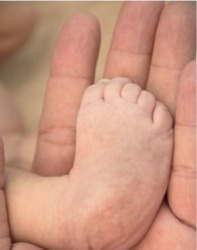
0 notes
Text
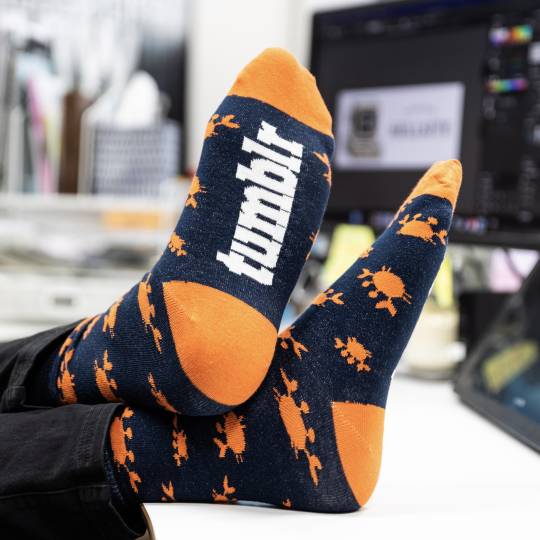

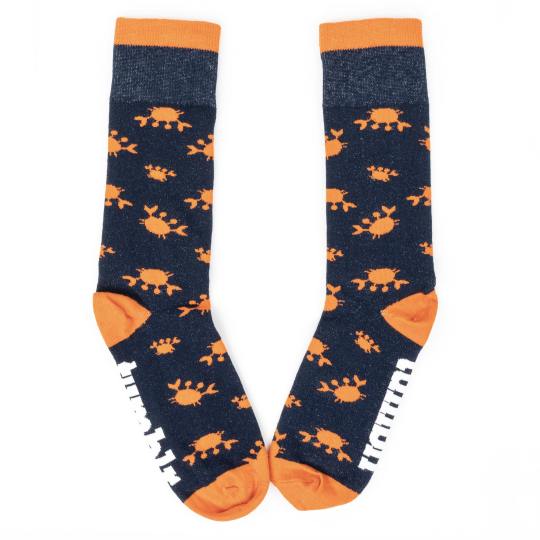
Crabs Everywhere Socks • $10.00
It’s my pledge that is 2023 we are going to have crabs everywhere. On your devices, on your feet, they’ll be a crab for anything and everybody.
75% Cotton, 21% Nylon, 4% Lycra
Crew Length
Fits Most Feet
Men’s Shoe Size 7 – 12
Women’s Shoe Size 6 – 11
9K notes
·
View notes
Text




art club: hand/feet studies 09/07/24 ✋
664 notes
·
View notes
Text
Day 12: Remote Thunder Thighs


Didn’t take me long to realize I had no good ideas whatsoever for remote, so this is from Day 12 of @2sidesofthesamesoul’s 30 Days of Tomarry Challenge :D
#inktober#inktober2024#hp#harry potter#tom riddle#tomarry#tomarrymort#my art#fanart#rugby club harry!!!#im so sorry I know this one’s markedly shittier than everything else I’ve done so far 💀#our house is crazy rn okay#I had to draw this with the screen angled away from relatives like four feet away from me
321 notes
·
View notes
Text

i have this one scribble of baby tbc umami that continues to make me go, awwwww
Umami is about 7'2" across the board, and this includes the 'normal human' aus. Which is small in fantasy stuff but MASSIVE irl. So I always kinda imagine her strongest dysphoria has to do with being extremely tall compared to her peers, especially as a little kid, for a lot of reasons. Enter, big bird, the 8'2" six year old, perfect role model for someone destined to become a big friendly pear
#art#doodles#umami#tbc#(that's the blackout club) au#an example of the kind of stuff hiding in my sketchbooks that i like but isnt really much of an illustration#i think its so easy to forget how tall 7 feet actually is for a person to be#hint: it's taller than the average doorway and mattress#i got her height wrong she's one inch taller than shaq
151 notes
·
View notes
Text
I'm surprised there isn't more obsessed millennials/gen z with penguins since like the 2000's was filled with penguin media





#schibi rambles#penguin#penguins#animals#club penguin#happy feet#the penguins of madagascar#penguins of madagascar#surfs up#penguin diner#also yes i am one of these gen z obsessed with penguins
171 notes
·
View notes
Text
some xianzhou portraits or smth
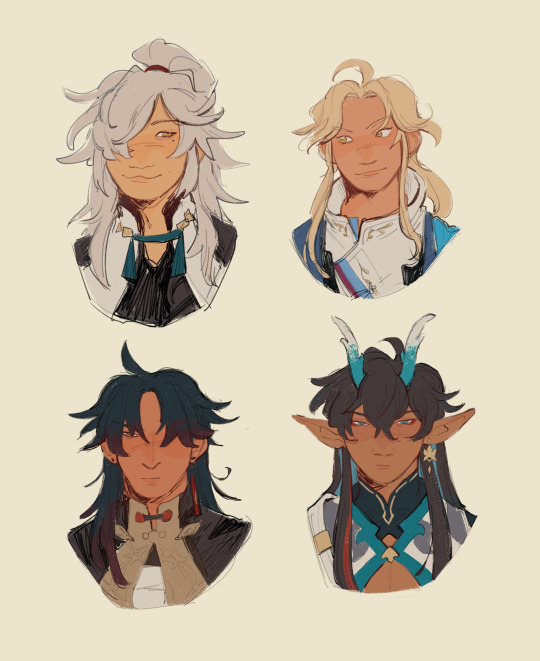

#fu xuan killed me... so many details that i got too caught up in#i shouldnt have gotten so swept up in the deets for her wehhh.. then i mightve had the energy for more of the girlies i wanted to get to#i did her way later tho so it wasnt the same groove i was in yknow 😔#jing yuan killed me bc he is oh so cute n i was squealing kicking my feet yesterday while sketching him (queer art club friends dont see t-#-his part ok yay ty)#honkai star rail#hsr#jing yuan#yanqing#hsr blade#dan heng#dan heng il#fu xuan#my art#jing yuans face kills me.... cutie patootie.. his mane so fluffy too like wuhfhhgh#jy dhil n fx my favs of this batch oki yay yippeeee
262 notes
·
View notes
Text
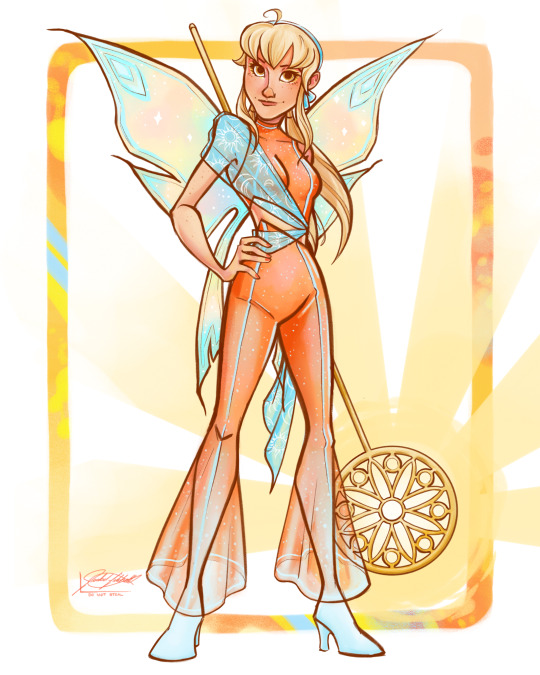
#winx#winx club#winx club Stella#winx Stella#winx fanart#winx Stella fanart#winx redesign#winx Stella redesign#my back hurts#my feet hurt#retail sucks bro I hate my job#I hope you enjoy#💕💕💕
505 notes
·
View notes
Note
this is going to sound silly, but I know a Habs Original™ by the feel. Theres a vibrancy, almost a bounce, to your work that you can feel just looking at it. The expressions leave no doubt as to what the character is feeling. Anger, utter joy, sass, affection, fear. The hair lifting and swooping, the fabric drapes or flows out like they just did a spin. Paired with your vibrant color choices, your art is just always fun.
this is the sweetest thing ever I might actually burst into tears thank you so much 😭💕
#crying the the club but the club is my room and i am in my bed#genuinely gonna start kicking my feet this is the sweetest awahhhhhhhh#ask
74 notes
·
View notes
Text
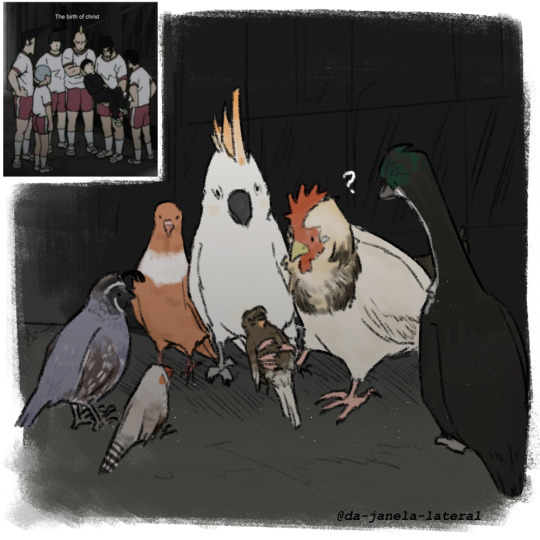
Forgot to put this one in my previous sketchdump. Have a frame redraw!
#mp100#mob psycho 100#mobird psycho#body improvement club#shigeo kageyama#chickens probably don't have the feet muscles for grabbing like that but consider. power of friendship and exercise#lalarts
219 notes
·
View notes
Text

Him being cunty, him slaying, him mothering blah blah blah you get the point.
#fight club#fight club 1999#tyler durden#artists on tumblr#digital art#illustration#martyryo followers wake up to a new artstyle every week or so#this brush saved me so hard#I'm abandoning the tiresome rendering to grayscale#I am high on life I feel like taking a sip of water and contemplate the shadowy mountains in the night#doodle kinda#didn't think much in making this cause if I try to make it look good it doesn't make it out of the first three lines on canvas#first time drawing feet I feel scared#also itbyiu didn't get it I'm a tyler big pants thruter I'll always put him in oversize pants#really like it it's so refreshing#I actually see some soul in it#thank you color burn you're my best friend#martyryo#gn 😴
78 notes
·
View notes
Text
Club Foot (Talipes Equinovarus) – Clubbed Feet Treatment

If you have a child with clubfoot, also called Talipes Equinovarus, you may be wondering what the best treatment options are. You’re not alone – here’s what our doctors have to say about this common condition.

What Is Club Foot (Talipes Equinovarus)?
Club foot, otherwise known as talipes equinovarus, is a congenital deformity of the foot that causes it to turn inward and downward. This condition can affect one or both feet, resulting in clubbed feet, in which the heel of the foot faces inward and the toes point outward. Treatment for clubfoot generally requires a combination of physical therapy and casts to stretch the muscles and tendons in order to correct the positioning of the foot. Surgery may also be necessary and is usually done after non-surgical treatment if clubfoot still needs to be corrected further. In most cases, clubfoot can be corrected with a high success rate if treated correctly early on.

What Causes Club Foot?
Club foot is a condition that affects the feet and ankles of an affected individual, causing them to turn inwards and downwards. While what causes club foot is still unknown, many doctors theorize that genetics and environmental factors could play a role, including infections or reduced circulation in the uterus during pregnancy. Research has suggested that club foot may also be attributed to imbalances in hormones or other chemicals involved in forming a baby’s feet during pregnancy. Although further studies need to be done to provide more conclusive evidence, it is clear that there are numerous potential causes of club foot that require investigation so we can better understand this condition.
Non-Surgical Treatment Options
Non-surgical treatment options are typically the first line of defense, especially for infants and young children. These methods focus on gently correcting the deformity through a series of manipulations and support devices.
A. Ponseti Method
The Ponseti method is a highly effective and widely used non-surgical treatment for clubfoot. It involves a series of gentle manipulations, casting, and bracing to gradually correct the deformity.
Description and Effectiveness
The Ponseti method has a success rate of over 90% in treating clubfoot in young children. This approach is favored due to its low risk of complications, minimal invasiveness, and its ability to preserve joint mobility.
Steps Involved
Gentle manipulation and casting: A specialist will carefully manipulate the child’s foot to improve its position, followed by the application of a cast to hold the foot in place. This process is repeated every week for several weeks, with each manipulation bringing the foot closer to the desired alignment.
Achilles tenotomy: In some cases, a minor surgical procedure called Achilles tenotomy is performed to lengthen the tight Achilles tendon, further improving the foot’s position.
Bracing: After the casting process, the child will be fitted with a custom-made brace to maintain the corrected foot position. The brace is typically worn for 23 hours a day initially and gradually reduced to nighttime use over several years.
B. French Method
The French method is another non-surgical treatment option for clubfoot, focusing on stretching, taping, and physical therapy to correct the deformity.
Description and Effectiveness
While not as widely adopted as the Ponseti method, the French method has shown success in treating clubfoot, especially in cases where the Ponseti method is not feasible or effective.
Steps Involved
Stretching and taping: The foot is gently stretched and taped into a corrected position, with the tape being changed every few days. This helps to gradually improve the foot’s alignment over time.
Physical therapy: Alongside stretching and taping, regular physical therapy sessions help to strengthen the muscles and improve flexibility in the affected foot.
Bracing: Similar to the Ponseti method, bracing is used to maintain the corrected foot position, and the duration of bracing depends on the severity of the deformity and the child’s age.
Surgery for Club Foot

Surgery is often considered the most successful form of treatment for club foot. While surgery for club foot is an incredibly complex and delicate process, when performed by a skilled surgeon, it can be remarkably successful with little complication.
The surgery typically involves repairing misaligned tendons and ligaments, as well as shortening them to improve the overall flexibility of the foot. After surgery by the podiatrist, the patient must go through intensive physiotherapy to help with the flexibility and movement of their newly adjusted foot. With diligent physical therapy and proper rehabilitation, most patients see tremendous improvements in their quality of life after successful club foot surgery. There are various surgical techniques and approaches used to correct club foot, and the goal of all of them is to improve the flexibility and range of motion in the affected foot and help patients regain mobility.
During a surgery known as an anterior tibial tendon transfer, a tendon is relocated from one area of the foot to another in order to correct deformity. The goal of this procedure is to decrease tightness and give patients more flexibility with their own range of motion. Additional practices such as stretching, bracing, and casting can all be used in conjunction with surgery if needed. Ultimately, restoring functionality within the feet and helping patients regain mobility are our primary goals when treating club foot.
There are other types of surgery for club foot, that ultimately depend on factors such as the severity of the deformity, the patient’s age, and their overall health. Other surgical options include:
A. Soft Tissue Release
Soft tissue release is a surgical procedure that aims to lengthen and reposition the tight tendons and ligaments surrounding the affected foot.
Indications and Goals
Soft tissue release is typically recommended for patients who have not responded well to non-surgical treatments or for older children and adults with clubfoot. The goal is to improve the foot’s alignment, function, and appearance.
Procedure Overview
During the surgery, the surgeon makes incisions to release the tight tendons and ligaments, allowing the foot to be repositioned into a more normal alignment. In some cases, additional procedures such as tendon transfers may be performed to enhance foot function.
Postoperative Care and Rehabilitation
After the surgery, the patient’s foot will be placed in a cast to maintain the correct position. Physical therapy and bracing are often prescribed to help with recovery, improve mobility, and prevent the recurrence of the deformity.
B. Osteotomy and Joint Fusion
Osteotomy and joint fusion are more invasive surgical procedures that involve reshaping or fusing the bones in the affected foot to correct the clubfoot deformity.
Indications and Goals
These procedures are typically reserved for more severe cases or when soft tissue release alone is insufficient. The goal is to provide long-lasting correction and improved function of the affected foot.
Procedure Overview
During an osteotomy, the surgeon reshapes the bones in the foot to improve alignment. Joint fusion involves permanently joining two or more bones in the foot to maintain proper positioning and stability.
Postoperative Care and Rehabilitation
A cast is applied after surgery to protect and stabilize the foot as it heals. Physical therapy, bracing, and orthotics may be recommended during the recovery process to regain strength, flexibility, and function.
C. Ilizarov Method
The Ilizarov method is a limb-lengthening and deformity correction technique that utilizes an external fixation device to gradually correct clubfoot.
Indications and Goals
This method is primarily used in cases where previous treatments have failed or in older children and adults with severe deformities. The goal is to achieve optimal foot alignment, function, and length.
Procedure Overview
The surgeon attaches an external fixator to the affected foot, which consists of rings and adjustable rods. Over time, the device is gradually adjusted to correct the deformity and lengthen the limb.
Postoperative Care and Rehabilitation
The Ilizarov method requires close monitoring and frequent adjustments of the external fixator. Once the desired correction is achieved, the device is removed, and the patient may require physical therapy, bracing, or orthotics to support the foot and maintain the correction.
Recovery from Surgery for Club Foot
Club foot surgery is a major undertaking, but with the right post-operative care and treatment, recovery can be successful and expeditious. In most cases, mobility returns within the first few weeks after surgery allowing patients to resume normal activities once cleared by their physician. During this time, physical therapy may help to strengthen the musculature in and around the affected area, ensuring that it regains its full range of motion. We also advise patients that bandaging will reduce swelling and minimize pain during recovery, as well as remind them not to overexert themselves and take frequent breaks throughout their day. With a dedication to these healing practices, club foot sufferers can look forward to an efficient return to an active lifestyle.
If you or a loved one have been diagnosed with club foot, it is important to understand the condition and all possible treatment options. Surgery is usually the most effective option, but it requires a long recovery period. If you have any questions about this condition or would like to learn more about our services, please call us today. We are happy to help! Visit Ankle & Foot Centers of America for more information.
0 notes
Text




Storm Shadow - Warlander Stallion
72 notes
·
View notes
Note
Why is it every Doctor Who stan obsessed with the Master is some sort of sexually and mentally unwell gender boy
Response A: That is literally just half of my followers on this blog. Maybe even 70% depending on the day.
Response B: WHERE are the swaths of mentally and sexually unwell gender boys where where where and also do they. wanna. kiss.
#preferably obsessed with the Master Dr Who but not a requirement per se •twirling my hair kicking my feet•#I'm crying. sobbing even. all I'm trying to do is cook dinner right now.#proud mentally + sexually unwell gender boys club#the master doctor who
96 notes
·
View notes
Text

Melissa Joan Hart
156 notes
·
View notes
Text

Confession:
"Lane’s toes are weirdly long in the season 2 cover for HSR it’s the only thing I can focus on, they look like fingers"
30 notes
·
View notes